Cart is empty
10/11/2025
Reimagining Metro Feeder Services by Route Rationalisation
Today, metropolises continue to rely heavily on the metro system for daily commuting by millions of commuters; the effectiveness of a metro network is just as much linked to the operational effectiveness of its trains as to how efficiently passengers can reach the metro stations from their houses or places of work. This is often the crucial first and last mile that determines whether people...


15/10/2025
How MIS and Data Visualisation Are Redefining Decision-Making
In this fast-paced digital age, the process of making decisions has become more time-sensitive and complicated than it has ever been. Organisations, whether private or governmental, process a...
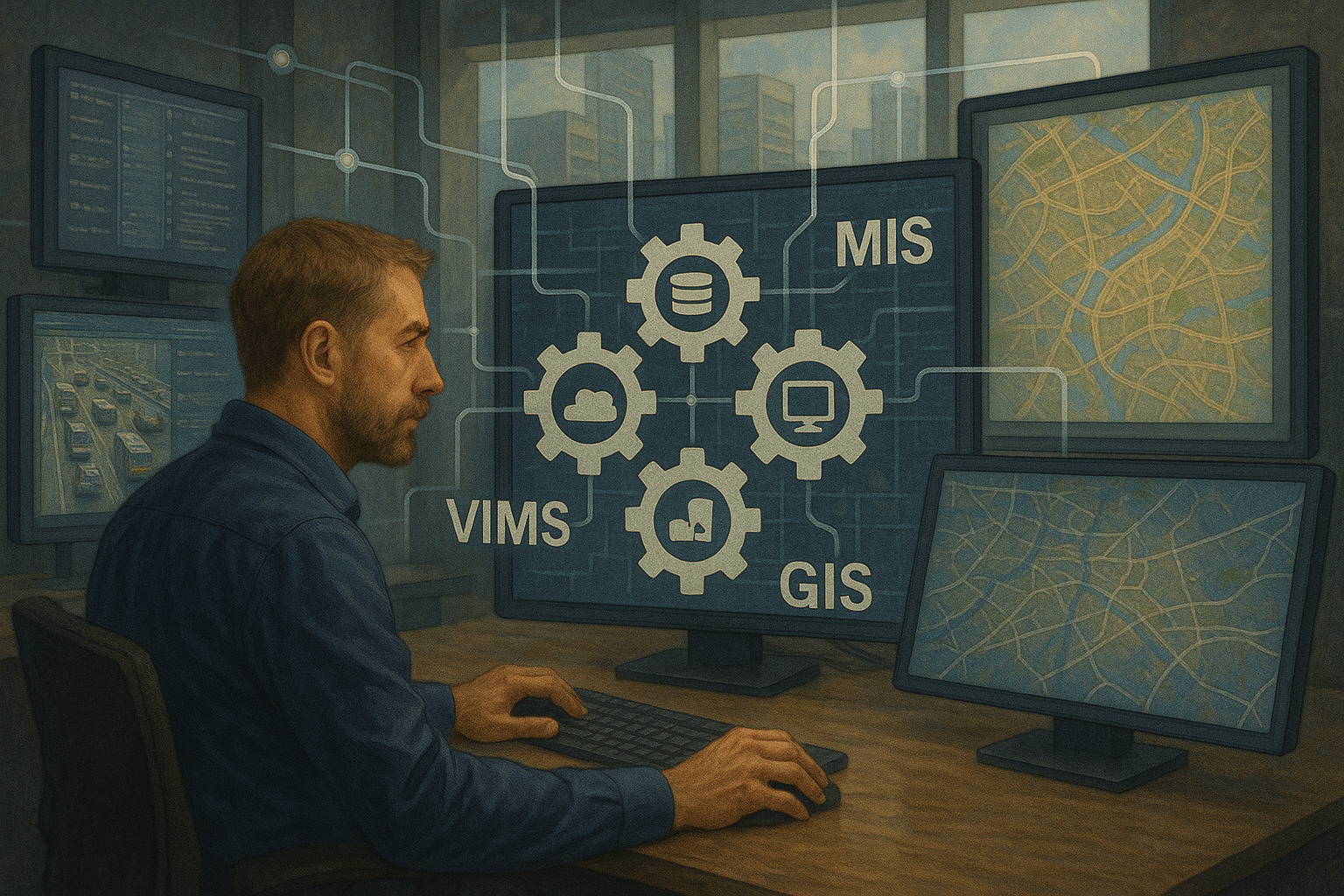
13/10/2025
Interoperability in Motion: How System Integration Defines the Future of ITMS
Cities are growing smarter day by day, and so are the infrastructures that put them on the move. Intelligent Transport Management Systems (ITMS) have emerged as the heartbeat of today's urban...
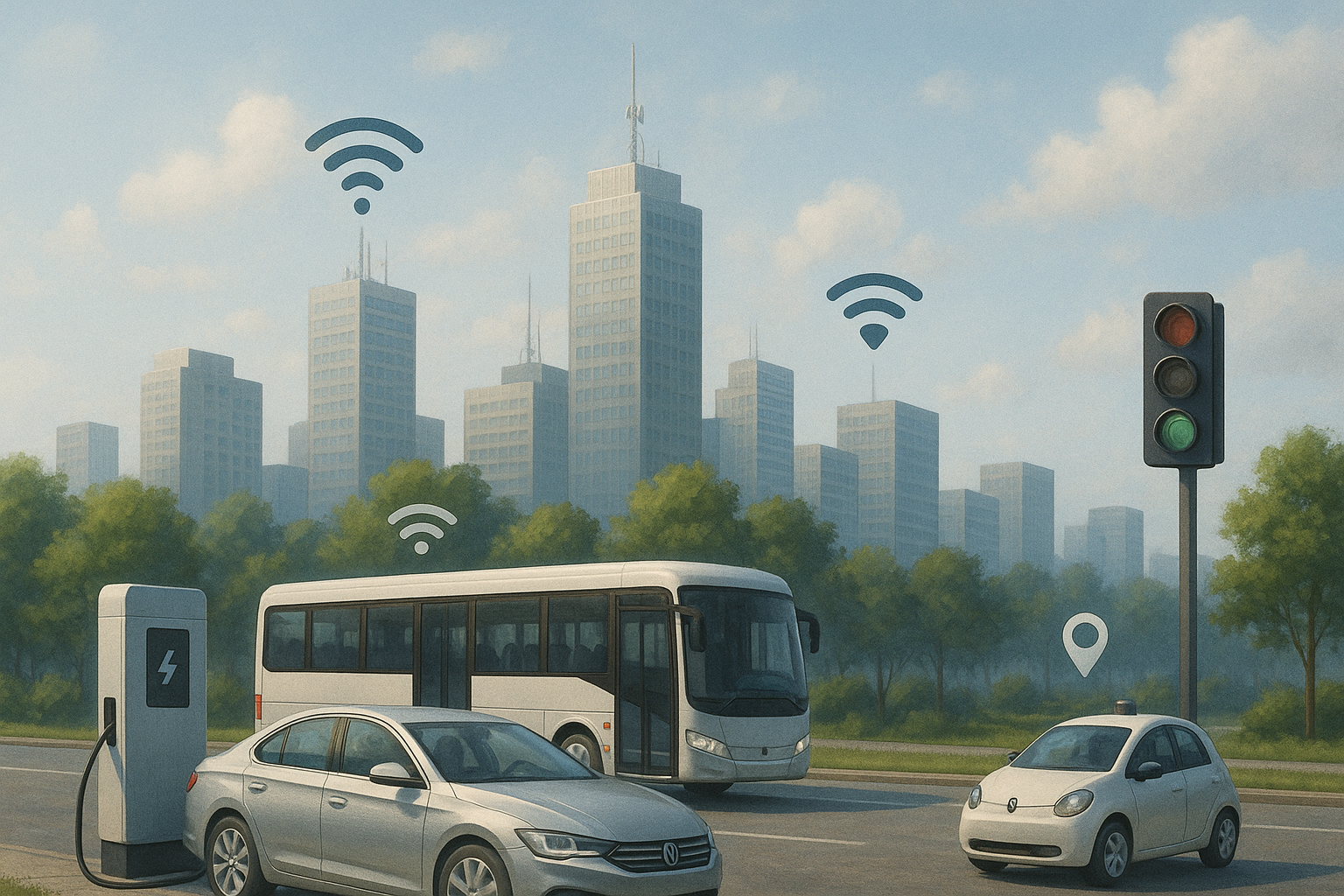
11/10/2025
Building Smarter Cities with Connected Mobility
Cities are vibrant—constantly growing, changing, and dynamic. Millions of individuals walk along their roads, metros, and transit systems every day. But as cities expand, so do problems:...
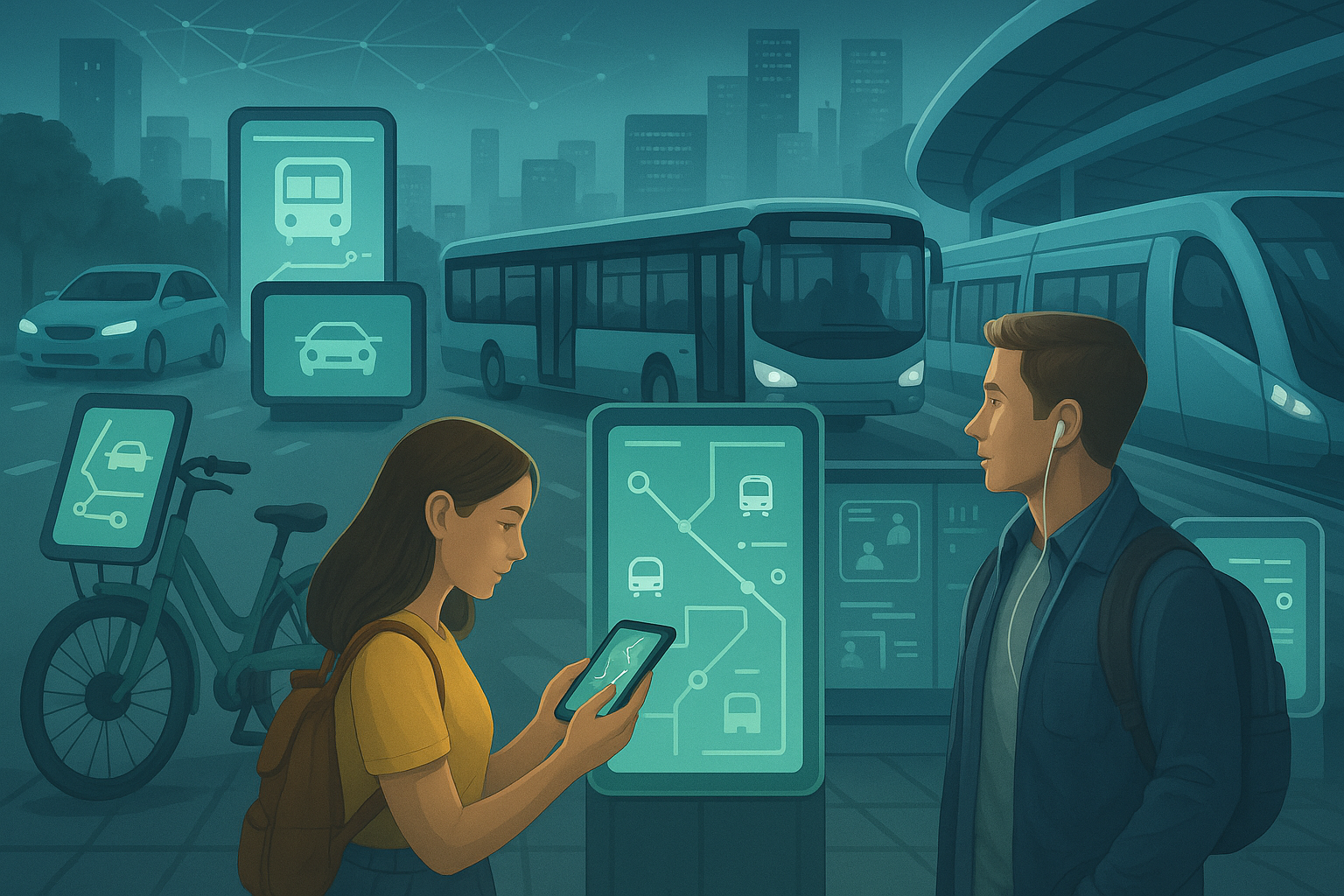
07/10/2025
How Digital Platforms Are Reshaping Urban Mobility
Mobility within the city remains a constant issue. As population densities rise and demands for effective transport grow, aging systems fall behind. Congestion, inefficiencies, and bad passenger...
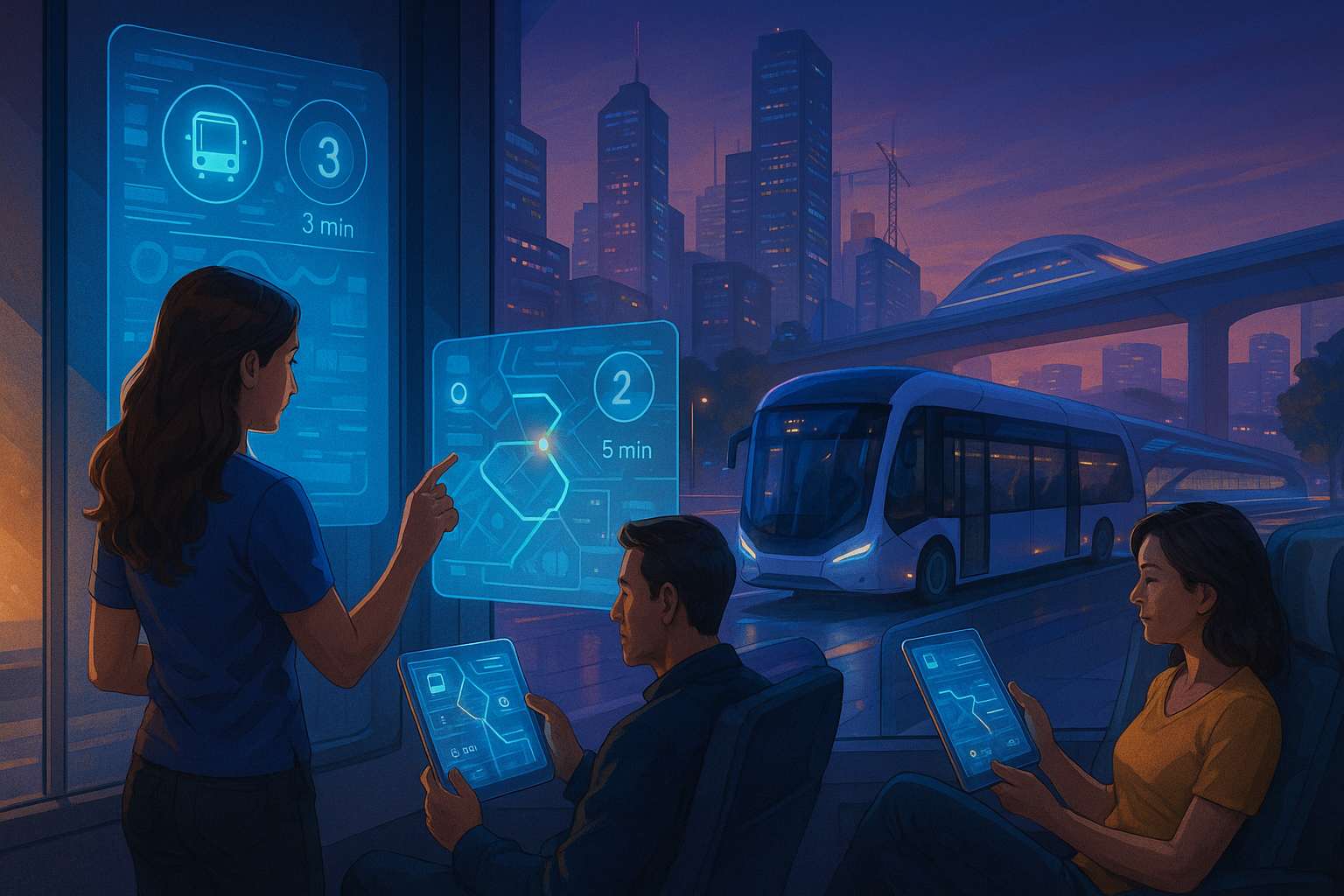
03/10/2025
Passenger-Centric Transport: Enhancing Experience with AI-Powered ITMS
When you consider transport, you might picture trucks, highways, and timetables. But stand back and take a closer look, however, and transport's all about people. Rushing commuters going to work,...
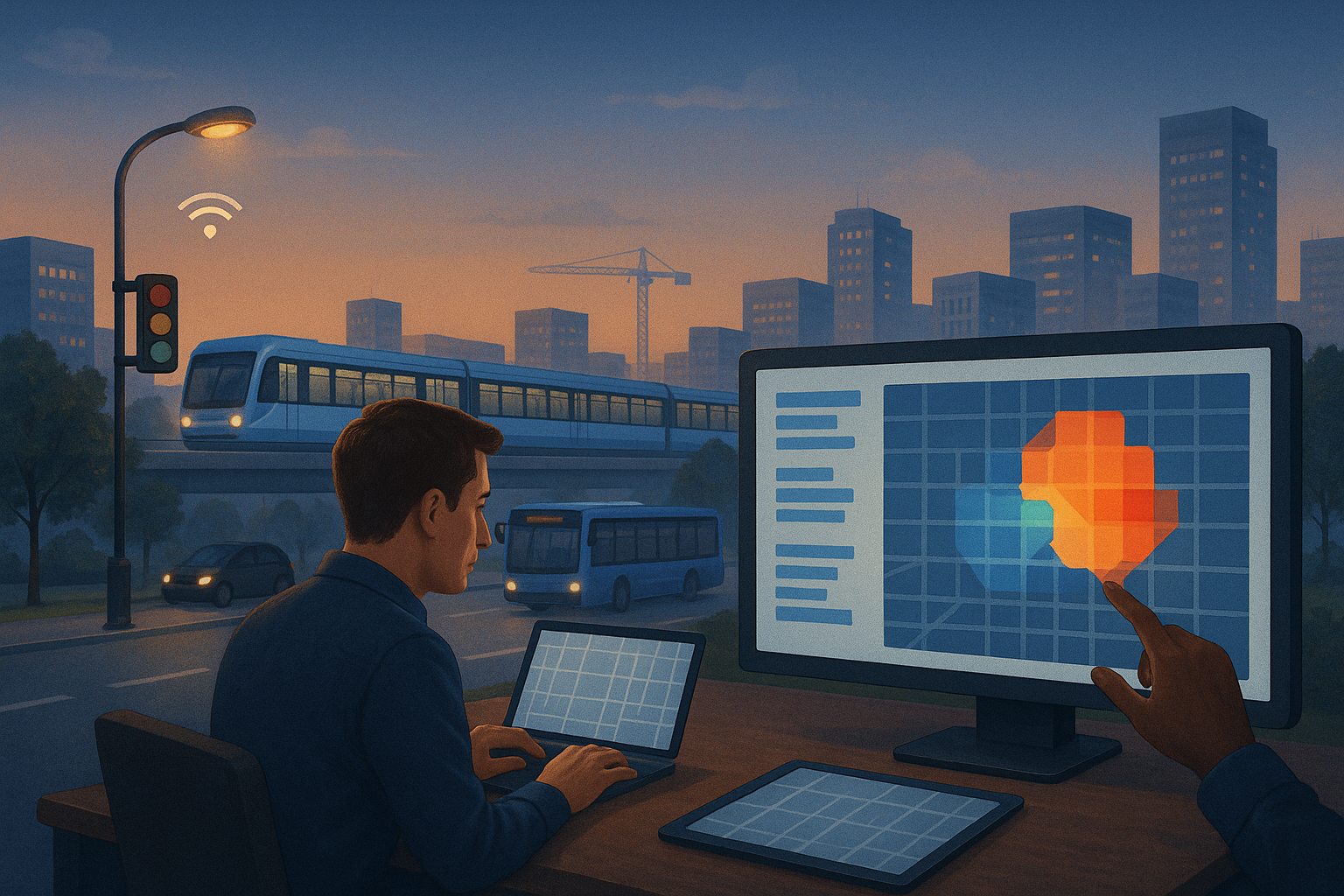
01/10/2025
How GIS Is Powering Smart Cities and Urban Planning?
Global governments are confronted with the burgeoning challenge of governing cities growing at historic rates. Urbanisation has escalated traffic congestion, real estate deficits, pressure on...
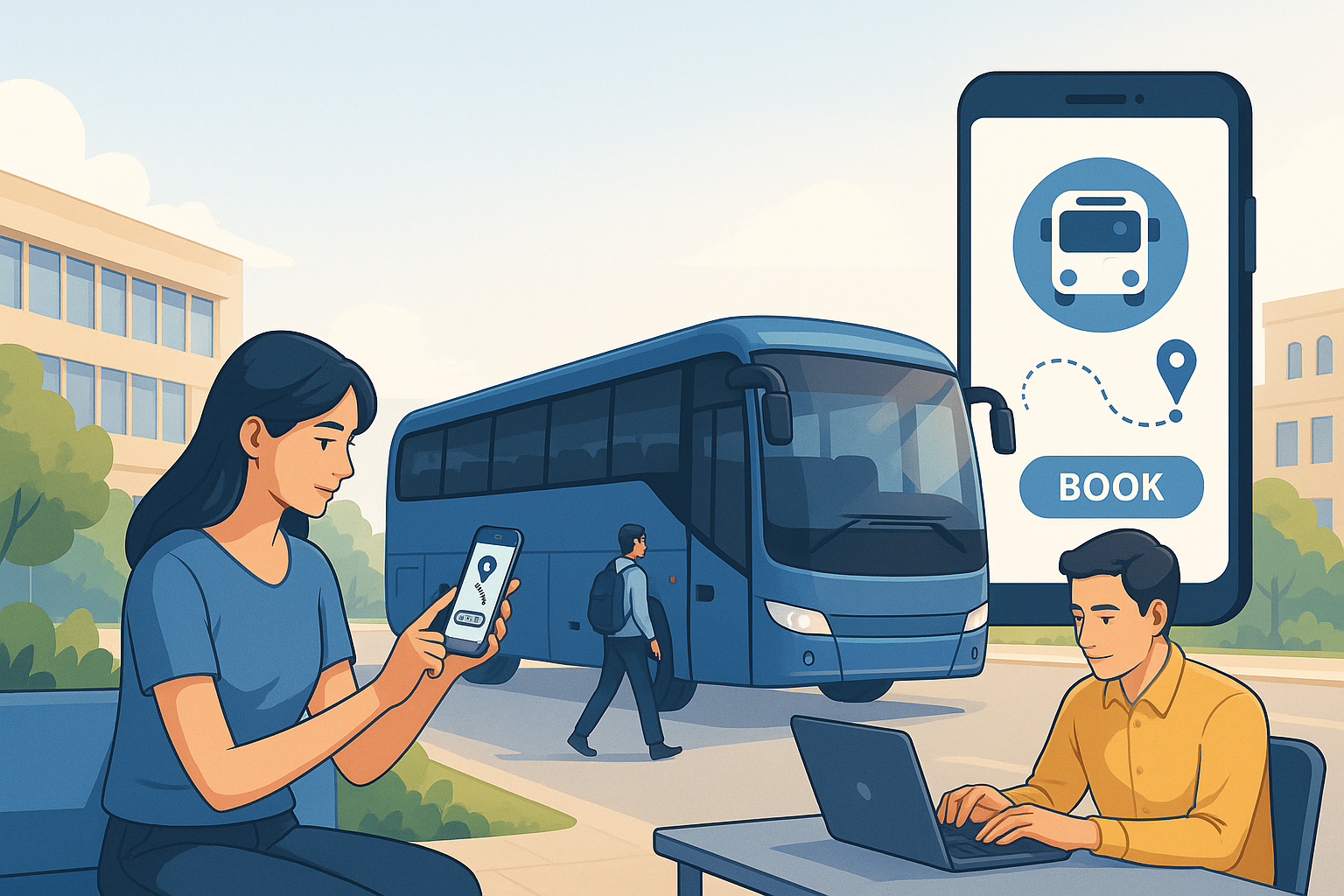
29/09/2025
Passenger Booking System for IITMS: Revolutionising the Commuter Experience
Traveling today in the fast-urbanizing world no longer necessitates merely traveling from point A to point B - making the process fast, convenient, and safe. As transport networks become...
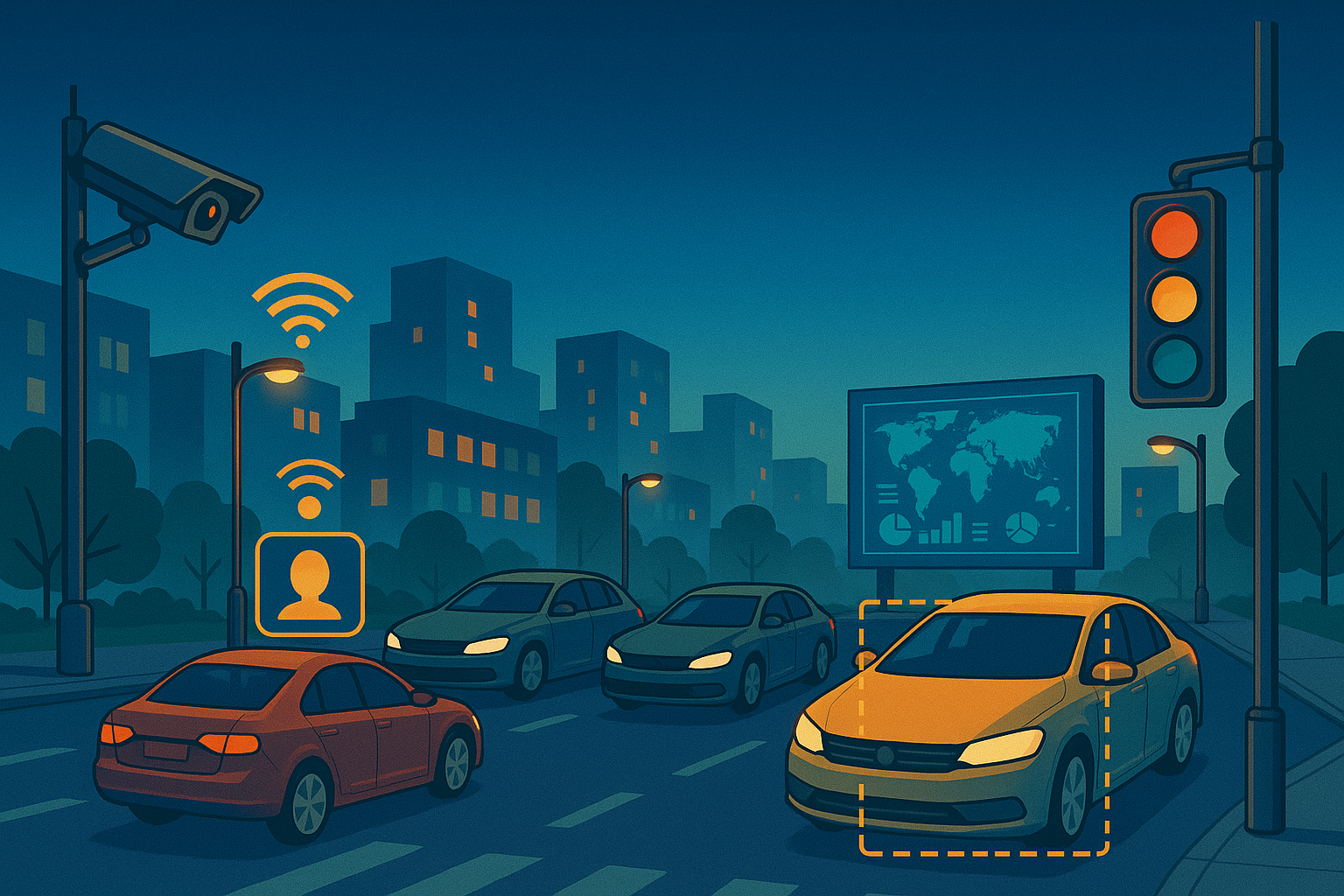
23/09/2025
Vehicle Intelligent Monitoring System: An Essential Pillar of ITMS
The widespread urbanization of the population, increases in private car use, and increasing pressures on public transport and logistics have placed record stress on contemporary road networks....
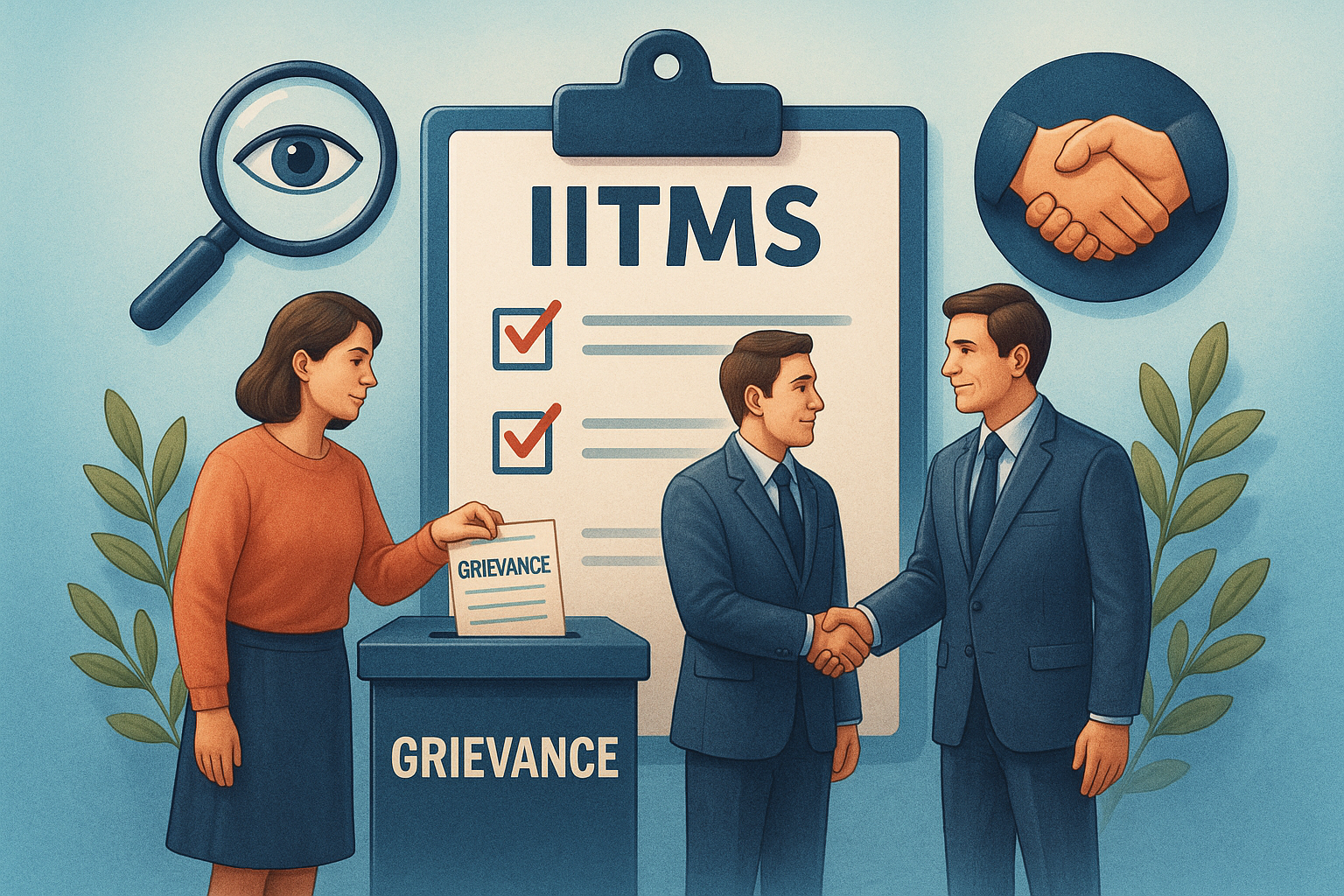
13/09/2025
Grievance Management System of IITMS: Building Trust with Transparency and Accountability
With growing cities and growing complexity of transport networks, there has never been a greater demand for effective communication among commuters, authorities, and transport operators. Not just...
33665
